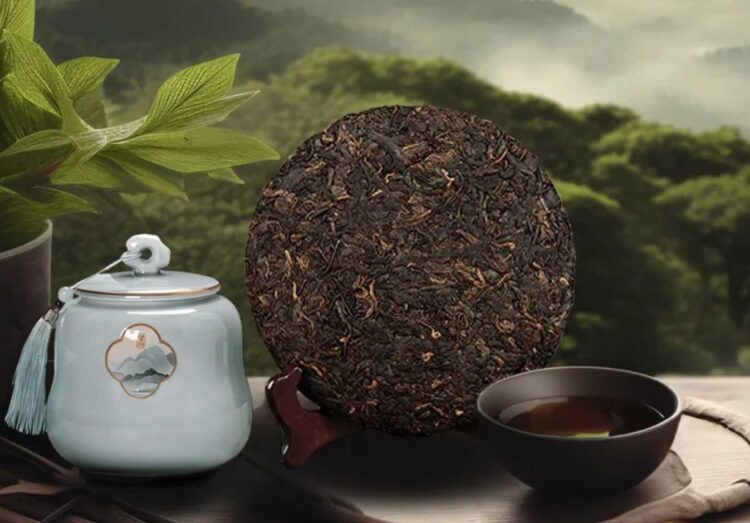Puerh tea, with its rich history and unique fermentation process, offers a one-of-a-kind tea experience that can range from earthy and mellow to bold and complex. Choosing the right one can feel overwhelming if you’re new to puerh or looking to refine your palate. Here’s a simple guide to help you discover the perfect puerh tea to suit your taste buds.
Understand the Two Main Types: Raw vs. Ripe
The first step in choosing puerh tea is understanding the two major types: Sheng (raw) and Shou (ripe).
- Sheng Puerh (Raw): This is the traditional form, often described as more vibrant, floral, or fruity, with a slightly astringent edge in younger teas. As it ages, it becomes smoother, deeper, and more nuanced.
- Shou Puerh (Ripe): A relatively newer method (developed in the 1970s), this variety undergoes an accelerated fermentation process. The result is a rich, earthy, mellow tea with notes of wood, leather, and dark chocolate. It’s often smoother and easier for beginners to enjoy.
For a great selection of puerh teas to suit your taste, check out PuerhCraft, available at https://puerhcraft.com, which offers a variety of high-quality options for every palate.
Decide on Age and Fermentation Level
Age is a defining characteristic of puerh tea. Aged puerh, especially sheng, is highly prized for its mellow, layered profile, while younger teas can have a brighter, more dynamic flavor.
- If you prefer vibrant, slightly tart, or grassy teas, try a younger sheng puerh (under 5 years old).
- A well-aged ripe puerh (or shou puerh) might be more your style for something earthy, rich, and comforting.
Explore Flavor Profiles
Different regions, processing methods, and aging techniques create distinct flavor profiles. Some puerh teas are floral and sweet, while others lean toward mushroom, forest floor, or even smoky notes. When sampling different teas, take note of your preferences:
- Do you like bold, earthy teas? Go for aged shou puerh.
- Prefer light and refreshing teas? Try young sheng puerh.
- Looking for complexity and a slightly funky, fermented taste? Aged sheng might be your perfect match.
Pay Attention to Aroma and Mouthfeel
Puerh tea isn’t just about taste—it’s also about texture and aroma. Some teas have a silky or brothy mouthfeel, while others are brisk or dry. Aroma can range from floral and fruity to earthy and spicy. Let your senses guide you; sometimes the smell alone can hint at what your taste buds will enjoy.
Buy in Small Quantities First
Puerh tea is deeply personal, and your preferences may change as your palate evolves. Start with small sample sizes or mini cakes before committing to a full cake or brick. This allows you to experiment with different styles, regions, and ages without the pressure of large quantities.
Experiment with Brewing Techniques
The same puerh can taste wildly different depending on how it’s brewed. Try different water temperatures, steeping times, or traditional gongfu brewing to bring out different layers of flavor. A tea you’re unsure about at first might become your favorite with the right brewing method.
Final Thoughts
Choosing the perfect puerh tea is a journey, not a destination. Explore, sip, and savor your way through different varieties until you find the one that truly delights your taste buds. There’s a whole world in each cup—take your time discovering it.











